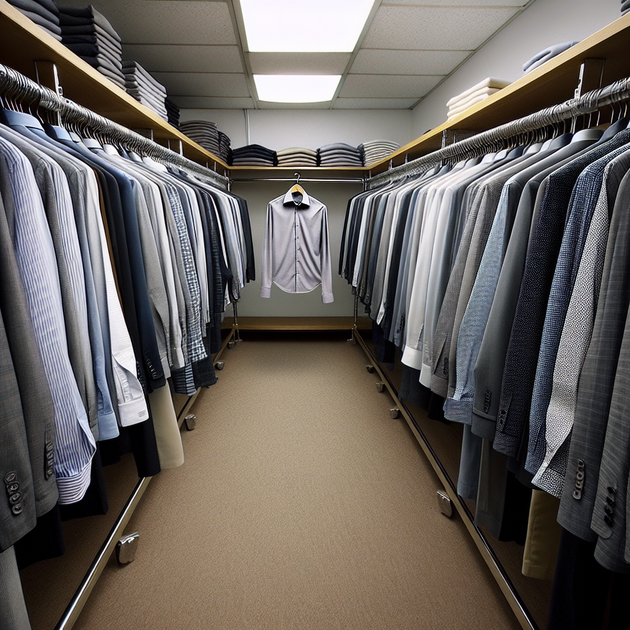The $54 Million Pants Lawsuit: When a Lost Pair Sparked a Legal Frenzy
What would you do if your favorite pair of pants went missing at the dry cleaners? Most people might ask for compensation or maybe just grumble and move on. But in 2005, one Washington D.C. judge took things to an entirely different level—with a pants lawsuit that made headlines around the world.
How One Pair Became a $54 Million Headache
The story starts with Roy Pearson Jr., an administrative law judge in Washington D.C., who dropped off some dress pants at his neighborhood dry cleaners run by Jin and Soo Chung. When he returned to pick them up, he claimed they weren’t the ones he had brought in.
Instead of accepting replacement costs or store credit (which many dry cleaners offer), Pearson pointed to the “satisfaction guaranteed” sign hanging in the store window. He believed this meant the Chungs owed him not just for new trousers—but for years of emotional distress, inconvenience, and even legal fees.
His demand? An eye-watering $54 million.
Inside the Pants Lawsuit That Had Everyone Talking
This wasn’t just about lost clothing anymore; it became about principle—or at least that’s what both sides argued. As news spread about the pants lawsuit, people everywhere debated whether Pearson was standing up for consumer rights or abusing them.
The Chungs’ family business found itself under tremendous pressure:
- Mounting legal bills threatened bankruptcy.
- Community support poured in—but so did media scrutiny.
- The store became ground zero for conversations about “frivolous lawsuits.”
- Pearson’s claim included damages for personal suffering and even car rental costs he said resulted from having to travel farther for tailoring.
- The “satisfaction guaranteed” phrase was dissected by lawyers and laypeople alike.
Ultimately, after years of courtroom drama and public debate, the judge presiding over the case ruled against Pearson—finding that no reasonable person would interpret “satisfaction guaranteed” as grounds for such astronomical damages.
The Real Cost of an Outlandish Court Battle
It’s easy to laugh at a story like this (and plenty did), but for those involved—especially the Chungs—the ordeal was anything but funny. The couple faced years of stress as their reputation and finances hung in limbo. Their community rallied with fundraisers and messages of support just to keep them afloat.
There’s also a bigger picture here about what happens when lawsuits spiral out of control:
- Small businesses can be devastated by legal actions they can’t afford to fight.
- The court system gets clogged with cases that could have been resolved more simply.
- Public trust in both consumer protection laws and judges takes a hit.
Anecdote: What People Still Say About “The Pants Case”
Years later, stories still swirl about customers walking into their local dry cleaner and jokingly warning staff not to lose their clothes “or else.” For many lawyers and law students (and anyone who watched late-night TV back then), the case became shorthand for lawsuits gone wild—a reminder that sometimes common sense should prevail over courtroom showdowns.
One local resident who lived near Custom Cleaners at the time recalled seeing news vans parked outside week after week: “They were good folks who just wanted to do honest work,” she said. “We brought them cakes after they won.”
Lessons from One Very Expensive Pair of Pants
The $54 million pants lawsuit is more than just an odd bit of trivia; it’s become part of America’s legal folklore—and a cautionary tale about balancing customer service promises against reality.
So next time you see a “satisfaction guaranteed” sign or drop off your laundry somewhere new, you might remember this saga—and wonder where we draw the line between fair compensation and going too far.
What do you think—should there be limits on how much someone can claim for something as simple as lost clothing?

Leave a Reply